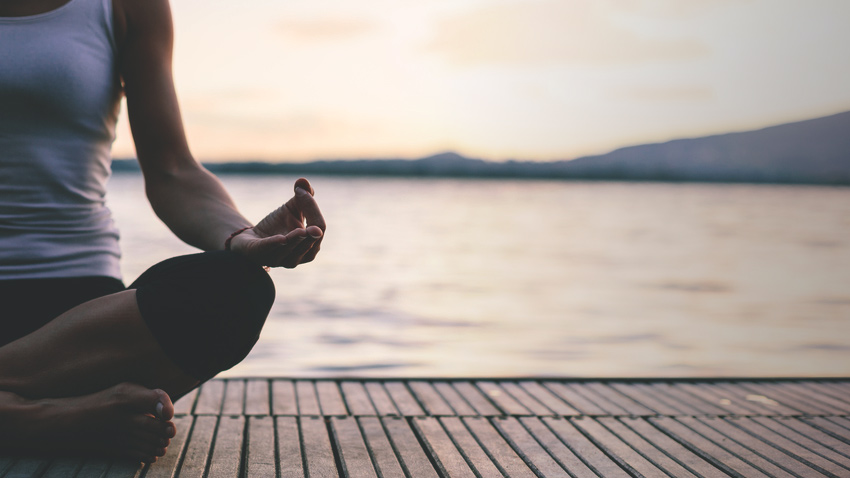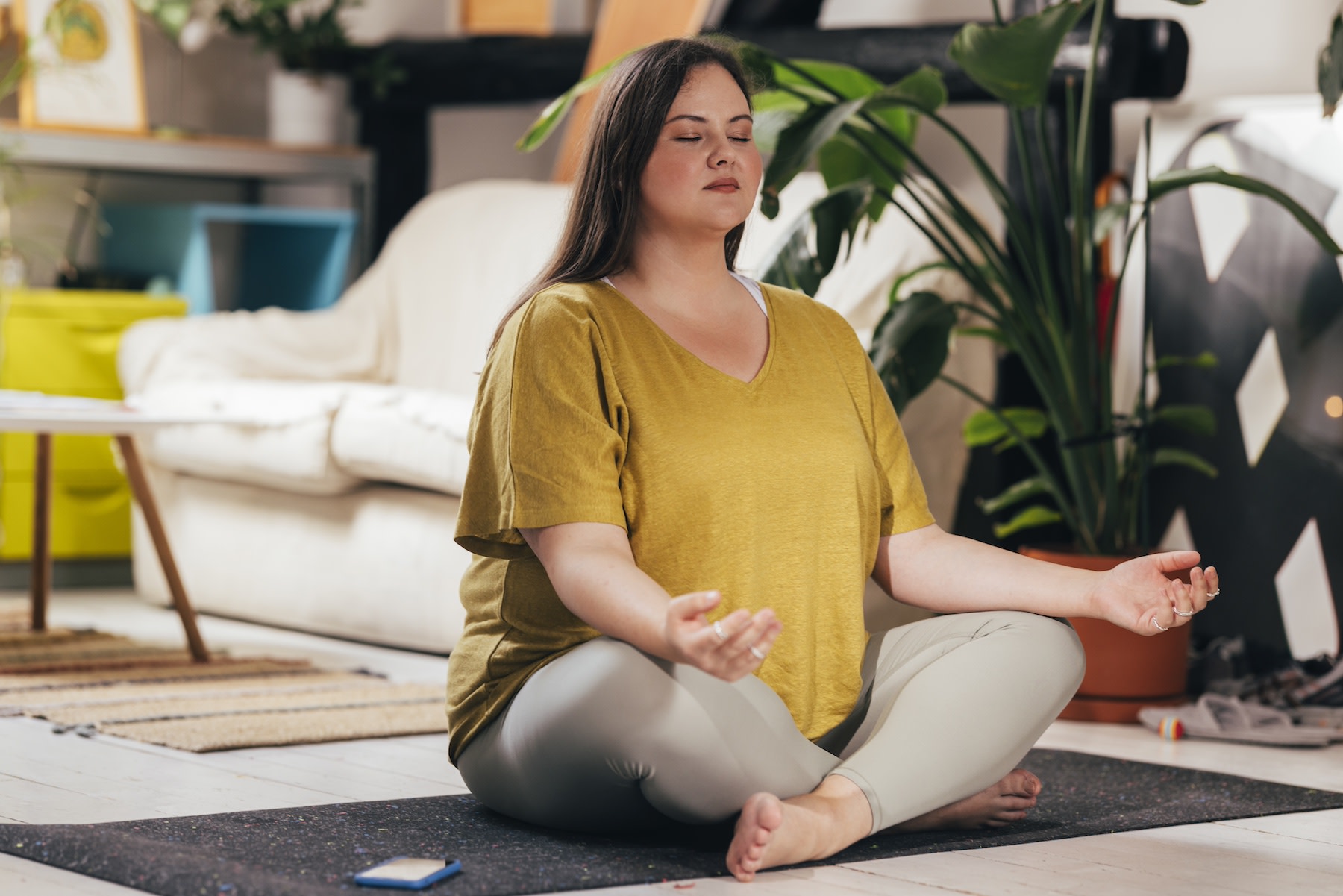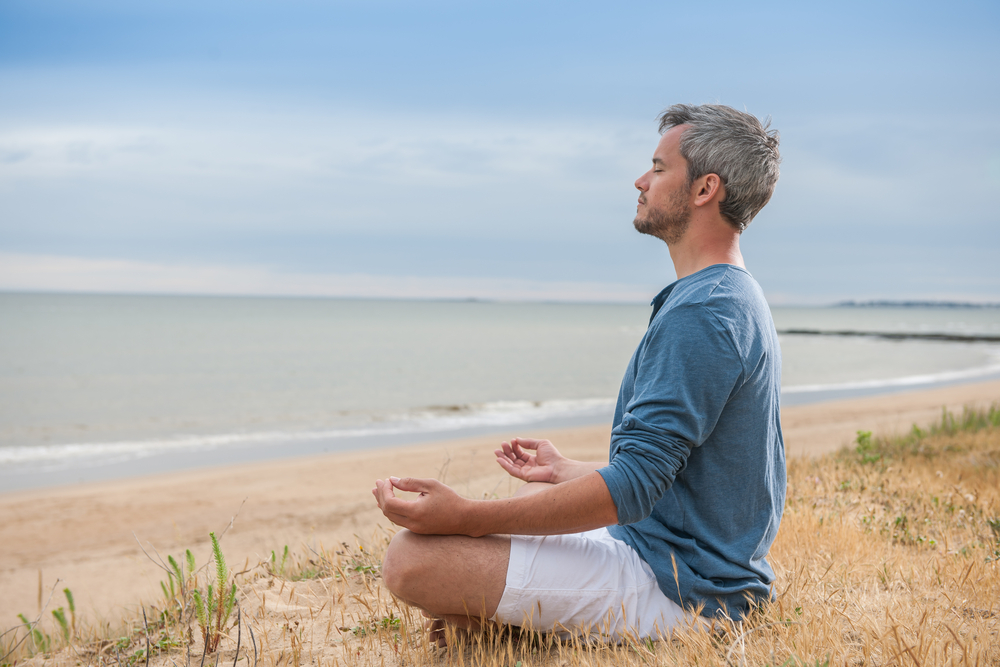How to Meditate: A Step-by-Step Technique to Getting Mindfulness and Tranquility
Reflection works as an effective device for accomplishing mindfulness and psychological calmness in a fast-paced world. By understanding the essential principles and strategies associated with reflection, people can cultivate a practice that boosts their general health. This conversation will detail important steps, from producing a conducive setting to incorporating reflection right into day-to-day regimens. As we explore these elements, it becomes clear that the journey to mindfulness is not merely about the act of resting in silence, yet instead concerning cultivating a deeper link with oneself and the globe around us. What might this change entail?
Comprehending Meditation
Recognizing reflection includes comprehending its fundamental principles and methods, which function as the foundation for the method. At its core, reflection is a psychological exercise targeted at promoting leisure, developing inner power, and creating concern and understanding. The technique encourages individuals to focus their focus, often through strategies such as deep breathing, visualization, or concept repeating.
Meditation can be classified into numerous styles, consisting of mindfulness, transcendental, and loving-kindness meditation, each with distinct functions and methods. Mindfulness reflection highlights present-moment recognition and non-judgmental monitoring of sensations and ideas, while transcendental reflection includes the usage of particular mantras to go beyond average mind. Loving-kindness meditation concentrates on creating an attitude of love and concern towards oneself and others.
Despite the technique utilized, the main goal remains constant: to cultivate a much deeper understanding of the mind and its patterns. This self-awareness promotes psychological strength, clarity of thought, and an extensive feeling of calmness (How to meditate?). By comprehending these methods and concepts, people lay the foundation for an effective reflection practice that can significantly enhance their total well-being
Planning For Your Technique
Before beginning your reflection practice, it is vital to create a setting for concentrate and leisure. Select a peaceful space where you are not likely to be interrupted. This can be an edge of an area, a garden, or any location that evokes a sense of peace. Make sure that the location is clean and totally free of clutter, as a neat setting can aid clear the mind.
Consider the lights, as natural light can boost your state of mind and power. Soft, warm lighting is typically more calming than rough fluorescent lights. Furthermore, choose a comfortable temperature, making sure that you are neither also hot neither too chilly.
Incorporating aspects that advertise tranquility can additionally boost your experience. This could include soft paddings or blankets for comfort, as well as soothing aromas from essential oils or incense. It can also be helpful to have a timer set for your meditation session to prevent distractions from clock-watching.
Fundamental Meditation Methods

One more reliable technique is body check meditation. This involves mentally scanning your body from head to toe, noticing any type of areas of tension or discomfort and purposely loosening up those muscles. This technique fosters a much deeper connection in between your body and mind.

Lastly, loving-kindness meditation concentrates on cultivating compassion towards on your own and others. Calmly repeat phrases of a good reputation, boosting psychological well-being and interconnectedness. Each of these techniques works as a foundation for your reflection journey, enabling you to discover the approach that reverberates finest with your individual method.
Maintaining Emphasis and Mindfulness

Establishing a specialized reflection room can boost the ability to keep mindfulness. A peaceful, minimalist atmosphere lessens disturbances, permitting much deeper immersion in the practice. Furthermore, establishing a time frame can assist manage assumptions; beginning with shorter sessions might reduce the transition into longer techniques.
Using methods such as body scanning or observing experiences can likewise strengthen mindfulness. These methods motivate experts to stay present and engaged with their physicality, securing their attention in the minute. Normal technique discover here is crucial; the brain develops resilience gradually, developing a more powerful capability for focus.
Incorporating Meditation Into Day-to-day Live
Including reflection into every day life can change routine activities right into chances for mindfulness and self-reflection. By incorporating mindfulness techniques right into usual jobs, individuals can grow a higher feeling of existence and harmony amidst the busyness of everyday life.
Begin by identifying minutes throughout your day where you can exercise and pause mindfulness. Even ordinary tasks like cleaning dishes or strolling can come to be chances for reflection by directing your interest to the sensations of activity and the noises surrounding you.
Additionally, establishing aside dedicated times for meditation can enhance its method. Beginning with brief sessions, gradually increasing duration as you become extra comfortable. Usage pointers or cues-- like a particular time of day or a soothing sound-- to establish uniformity.
Inevitably, the goal is to weave mindfulness right into the material of day-to-day live, permitting you to come close to each moment with intent, thus boosting your overall feeling of well-being and quality.
Final Thought
In final thought, effective reflection needs a peaceful atmosphere, a comfortable position, and a focus on the breath. Regular meditation, even in quick sessions, fosters a much deeper connection to the present minute, eventually leading to better calm and psychological quality in daily life.
Meditation can be try this classified into different styles, consisting of mindfulness, transcendental, and loving-kindness reflection, each with unique functions and methods. Mindfulness meditation stresses present-moment awareness and non-judgmental observation of feelings and thoughts, while transcendental reflection entails the use of specific mantras to transcend normal idea processes.With your reflection space prepared, it's time to discover numerous basic reflection techniques that can aid cultivate mindfulness and internal peace.Consistently maintaining focus and mindfulness throughout reflection can be challenging, particularly for those new to the practice.Establishing a devoted meditation area can enhance the capacity to preserve mindfulness.